Seventeenth-century Sweden was an up-and-coming state with great ambitions. Colonial expansion was on the mind of every royal, and for Sweden, the Navy was to be the backbone of any successful grand strategy. A ship called Vasa was built as the flagship of the new Swedish navy. King Gustavus Adolphus himself commissioned the ship.
The ship was to be a giant floating fortress. The combined weight of the ammunition fired from one side of the boat was 588 pounds, making it the most well-armed ship to date. The Vasa’s armament included 48 light cannons, two additional large cannons of an older design, eight “three-pounders,” and six large howitzers for use during boarding action. All this heavy firepower was crammed onto both the ship’s lower and upper floors, making for a somewhat top-heavy design. Construction problems were evident from the beginning, and early stability tests showed the ship was in constant danger of capsizing. Nonetheless, under pressure from the royal court, the ship was completed on a very tight schedule.
On August 10, 1628, the Vasa was deemed complete and launched on its maiden voyage. It managed to sail for a little less than one nautical mile. A gust of wind made it keel to its port side and water started pouring through the open gun ports onto its lower deck. The ship sank in matter of minutes, in full view of a crowd that had gathered to witness the launching, including foreign ambassadors and royal officials. The loss of the Vasa was a blow to both the prestige of Sweden and its economy—one from which its navy never fully recovered.
Though the Swedish court looked long and hard for a guilty party, none were found, and the official investigator, upon being asked the cause of the sinking, replied “only God knows.”
As the ship sank in only 32 meters of water, several early salvage attempts were made, all of them unsuccessful. The ship’s location was eventually lost to history, until it was relocated in the 1950s under the efforts of amateur archaeologist Anders Franzén. Vasa was lifted to the surface in April of 1961 after being underwater for some 333 years. Thousands of artifacts and the remains of at least 15 people were found in and around the hull of the the Vasa. (Ironically it was the heavy pollution of the Swedish bay that killed wood-eating microorganisms and helped preserve the ship.) The Vasa Museum was opened in 1990 to permanently house the remains of the ship.
Know Before You Go
Walking from the central station takes about 30 minutes, and walking from the Karlaplan station takes about 10 minutes. Bus 69 leaves from the Central Station, bus 44 leaves from Karlaplan. You can also take tram line 7. The ferry leaves from Slussen all year round and also from Nybroplan during the summer.
Community Contributors
Added by
Edited by
Plan Your Trip
The Atlas Obscura Podcast is Back!


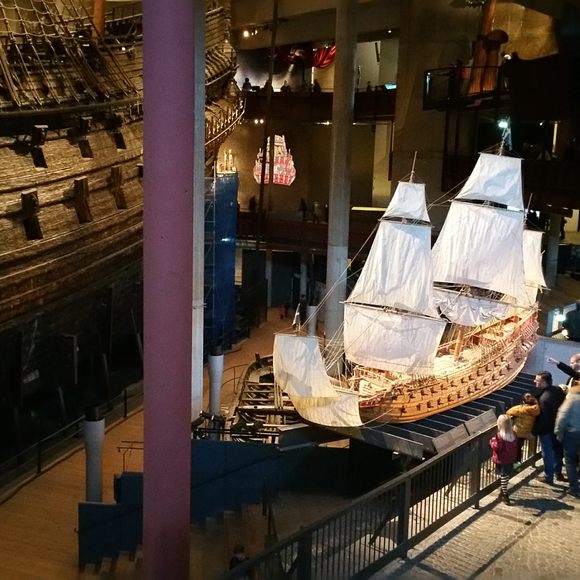












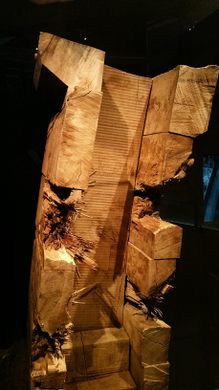


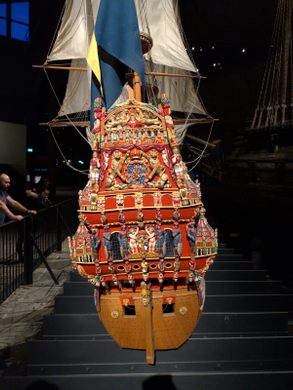
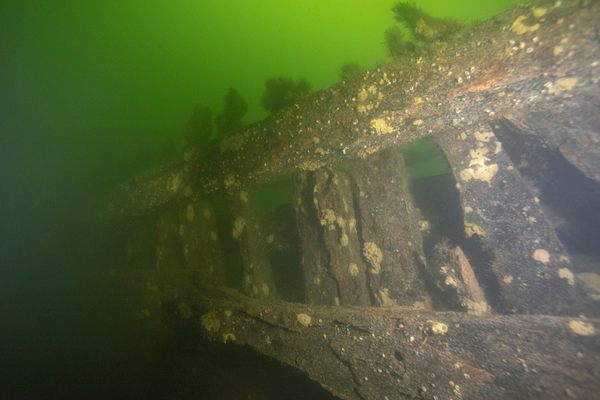















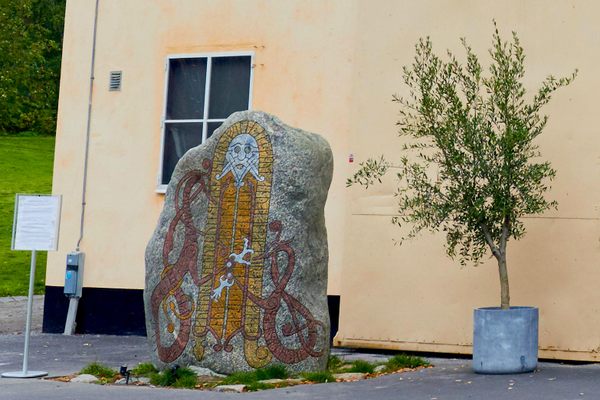




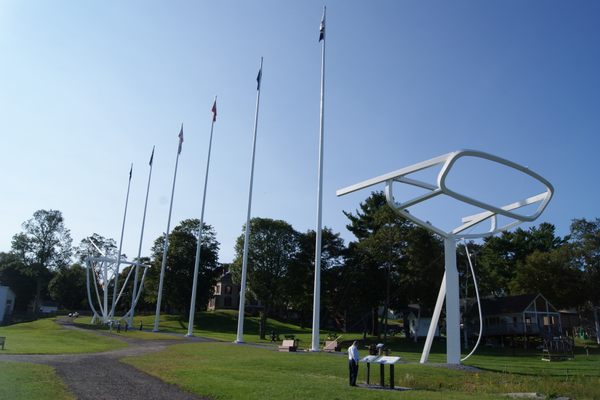

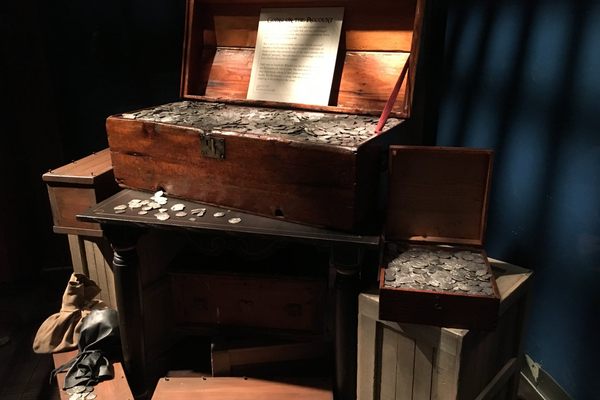

Follow us on Twitter to get the latest on the world's hidden wonders.
Like us on Facebook to get the latest on the world's hidden wonders.
Follow us on Twitter Like us on Facebook